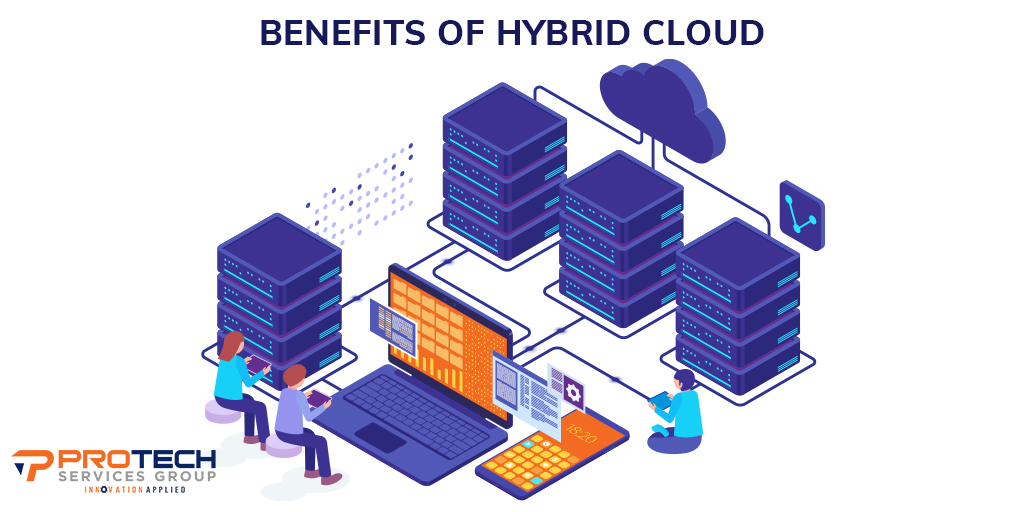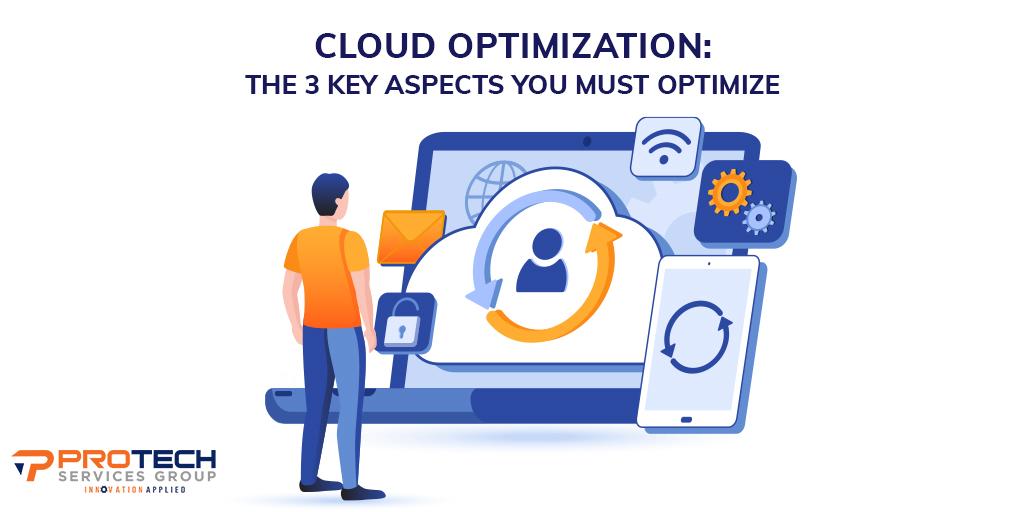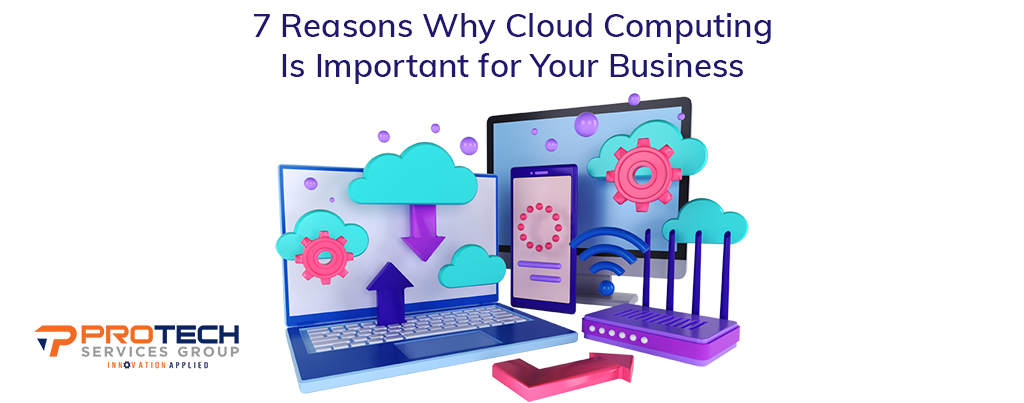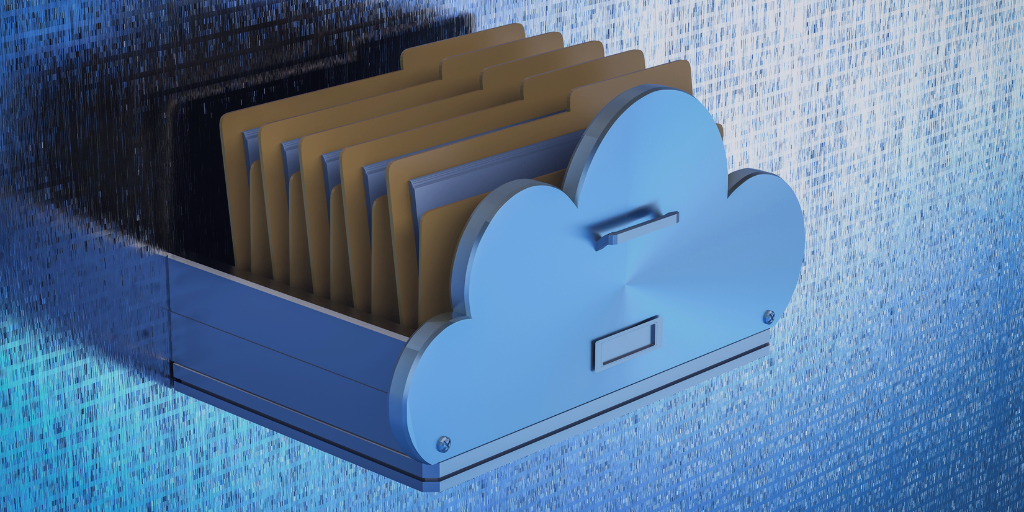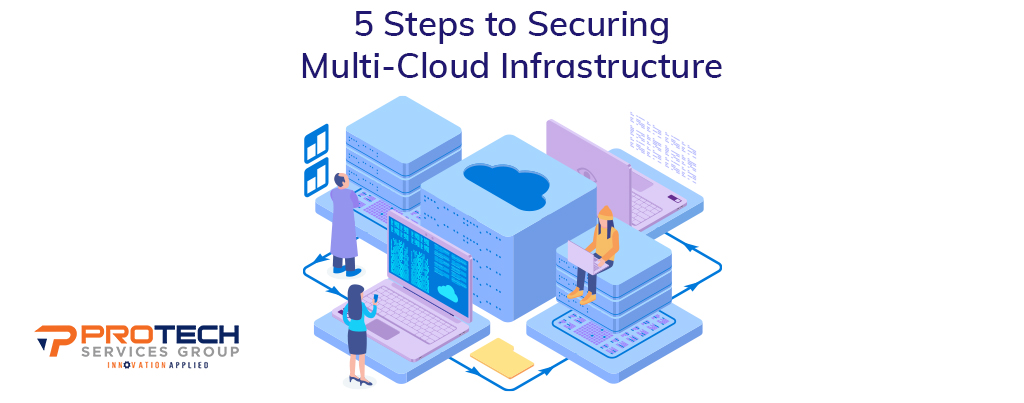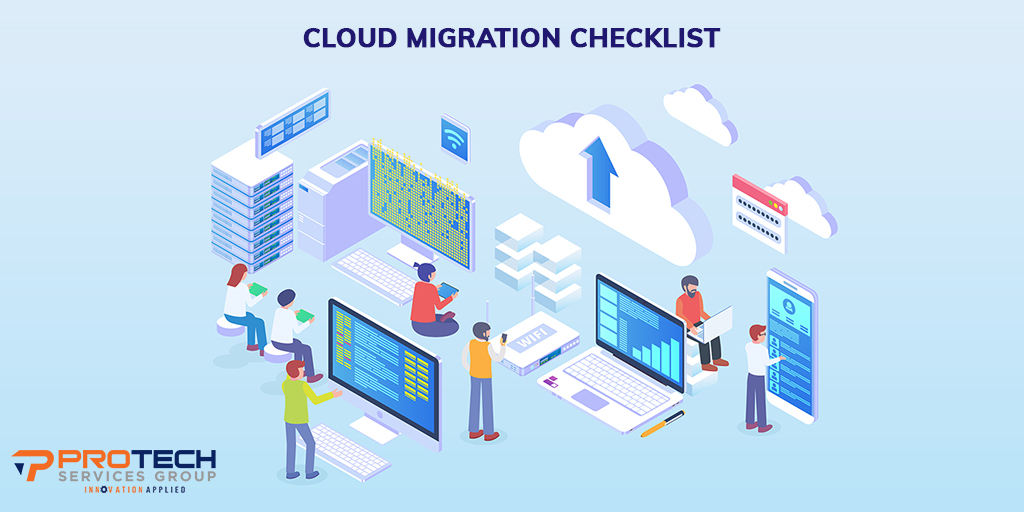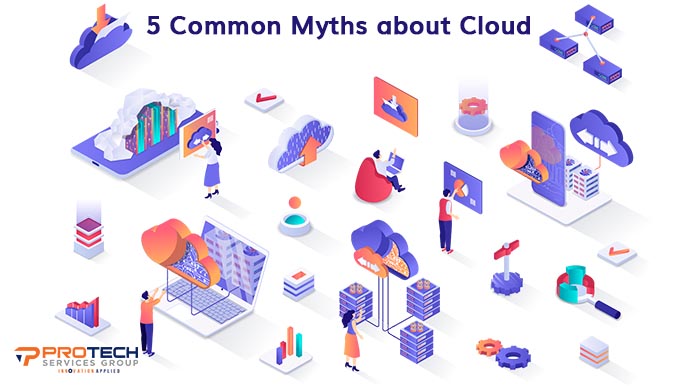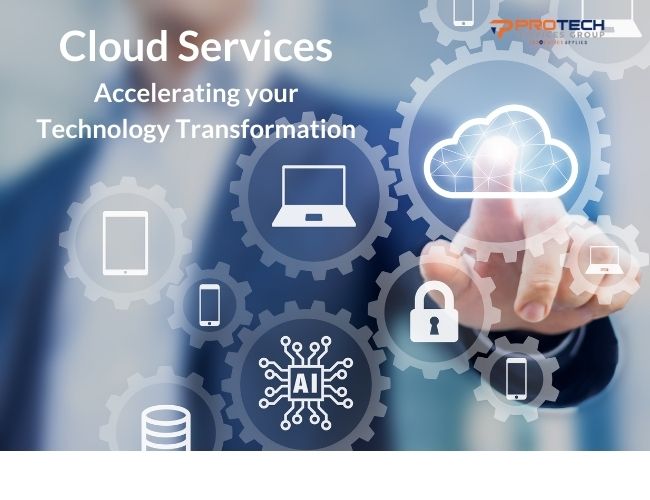If you bring up clouds in a casual conversation, your topics will likely shift toward the cirrus and cumulus variety. After all, clouds are everywhere. They’re easily recognized by children and you probably studied them as part of your eighth-grade earth science class. But cloud computing is arguably a more critical part of our everyday personal and professional lives, and most people know very little about it.
Could you define cloud computing if someone asked you to? Don’t feel bad if the answer is no. The National Institute for Standards in Technology – an actual branch of the U.S. Department of Commerce – took two years and more than 15 drafts to finally settle on its definition in 2011. The core reads:
Cloud computing is a model for enabling ubiquitous, convenient, on-demand network access to a shared pool of configurable computing resources (e.g., networks, servers, storage, applications and services) that can be rapidly provisioned and released with minimal management effort or service provider interaction.
While we know NIST worked long and hard on this definition, the technical jargon leaves a lot to the imagination of the average consumer. So, we’re here to help you understand the core components of a really big concept: cloud computing.
“The cloud” is a misnomer.
People commonly refer to cloud computing as “the cloud,” but adjusting this language is a critical first step in understanding what cloud computing is. The cloud is not a physical entity, but instead is a vast network of remote servers around the globe which are hooked together and meant to operate as a single ecosystem. These servers are designed to either store and manage data, run applications or deliver content. Instead of accessing files and data from a local or personal computer, you are accessing them online from any internet-capable device. The information is available anytime, anywhere you need it.
Cloud is configurable.
What many companies love most is how configurable cloud computing is. Adding and removing users is a breeze, and so is adding compute and networking resources. You no longer have to worry about the size of your tech closet or how quickly you’re running through the resources – the cloud is agile and scalable (on-demand) at any time.
There isn’t just one type of cloud.
Businesses use three primary types of cloud services. There is public cloud that shares resources and offers services to the public over the internet; a private cloud that isn’t shared and offers services over a private internal network typically hosted in an offsite datacenter; and a hybrid cloud that shares services between Public and Private clouds depending on their purpose.
You don’t have to understand cloud computing to benefit from it.
Understanding cloud computing is complex & can sometimes be overwhelming. The nice thing about partnering with ProTech is that you don’t have to! Our team of experts can help you manage everything from cloud migration to ongoing management. Getting going is as easy as reading this post, and you can start today by filling out the form below.


